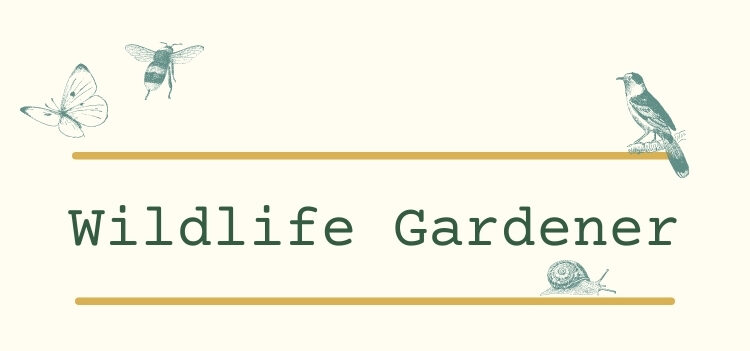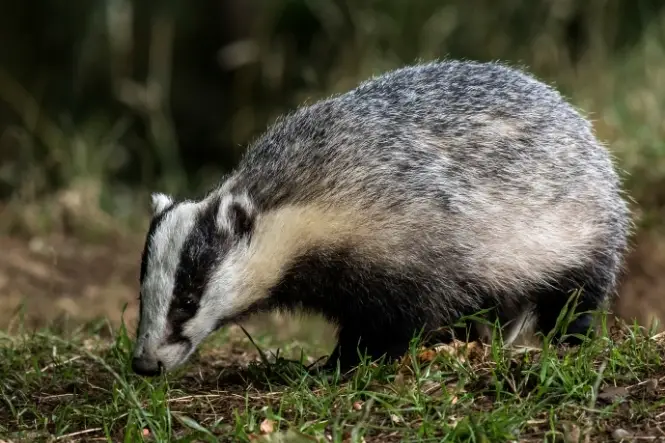In addition to heralding in harsher weather conditions and colder temperatures for those creatures who have not headed off for warmer climbs or for those who have not gone into hibernation, it can be a harsh time with food often scarce. Birds that you may not ordinarily see during other months of the year will join the rest of the bird species looking for food to eat from the bird table or feeders. In fact, if your wildlife garden is popular, you may find quite a difference in how much closer some species of wildlife will come in an effort to find a meal. Even the presence of mammals is easier to detect and if you know your ‘tracks’, you’ll often be able to notice the footprints of badgers and foxes after a snowfall. Although the birds will be mostly silent now, one exception will be the sound of the tawny owl which arrives in January to establish its territory for nesting in the early part of spring and then, of course, there’s the robin!
December
Although trees which have been stripped of their leaves by winter do not paint as pretty a picture, it does have its advantages as it’s easier to see more birds go about their daily business. Most of this ‘business’ will involve looking for berries and anything else they can find to eat. This month is symbolic with the robin and you’ll often hear them singing and they will be frequent visitors to your garden over the winter period. Males will dominate as they begin to mark out their territories for the breeding season to come. Therefore, the robin you see each day in your garden is likely to be the same one as they are fiercely protective of their territory. If you want to encourage robins to breed in your garden, you should set up a nest box with an open front. On the opposite side of the coin, finches will happily share a bird table together with other finches at this time of year.
January
Deep frosts or heavy snow force birds into becoming even bolder in their search for food and you can supplement the food you use in your feeders with pieces of apple and other fruit. If you’re lucky you may even see fieldfare and redwing – two overseas visitors – hunt for any berries which may still be around. It’s not uncommon to see and hear a woodpecker in woodland at this time of year either and they might even venture into your garden if you have a peanut feeder or if there is any dead wood lying around. Be careful when making any preparations for the coming of spring. Certain species of wildlife will be in the middle of hibernation and you should take care not to disturb them, especially if they have taken up hibernation in your shed. Also be extremely careful when raking or if you decide to burn piles of rubbish as it’s highly likely that a hedgehog and other creatures will have got to it first and found it a perfect place for warmth and shelter. Keep an eye on birdbaths and ponds too and remove any ice if they’re frozen over. Fresh water is vital to all wildlife so you should ensure it’s available, especially when it freezes over.
February
As the days start to get slightly longer and the winter starts to recede, the sound of birdsong slowly returns as the males get busy marking out their territories in preparation for nesting and the start of the mating season. Food will still be in short supply, particularly if there are sharp frosts at night and in the morning so, in addition to keeping the bird feeders stocked, also ensure there’s some food on the ground for birds like thrushes, starlings and blackbirds. And, if there’s been snow, clear a patch to allow birds access to hunt for insects. But the signs will be everywhere, no matter what the weather, the return of the male birds means that, once again, spring is just around the corner.
Other Wildlife
Other wildlife you might see in winter includes badger, fox, grey squirrel, house mouse, rabbit, frog, newt.

